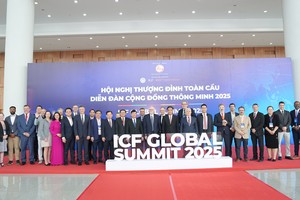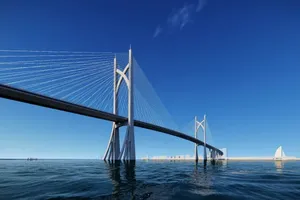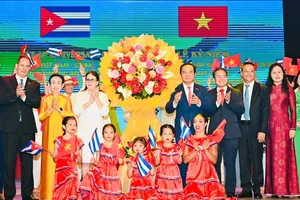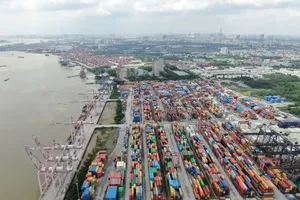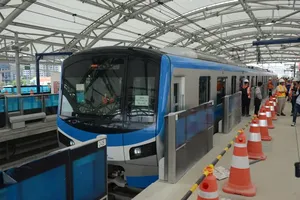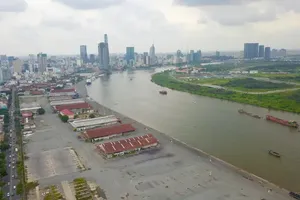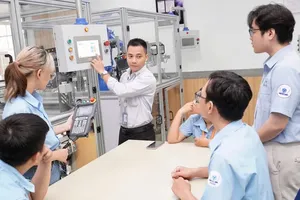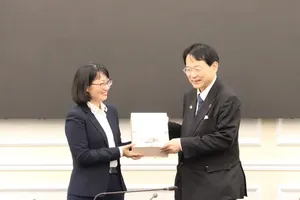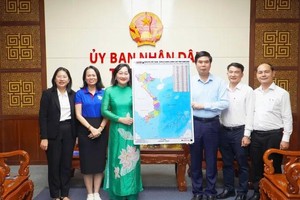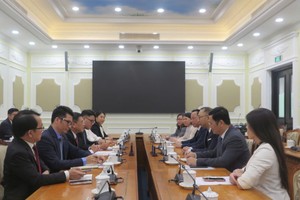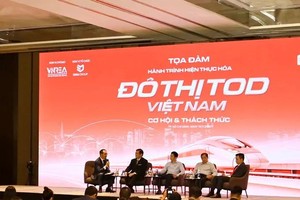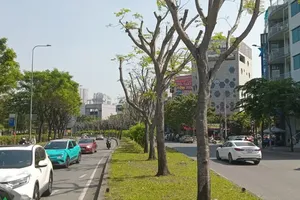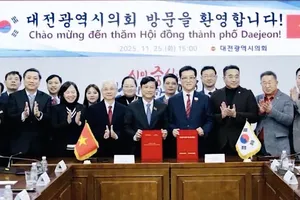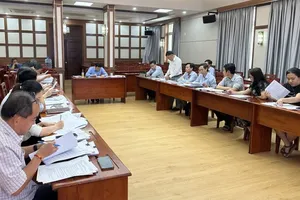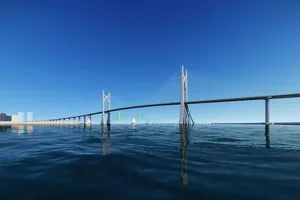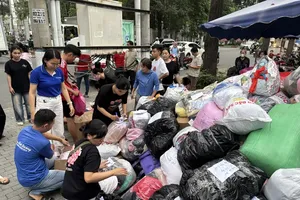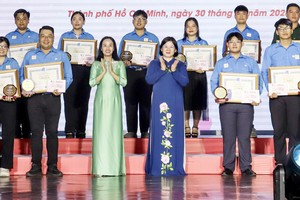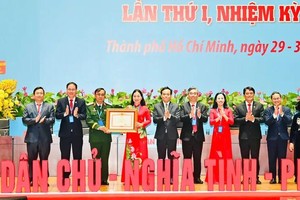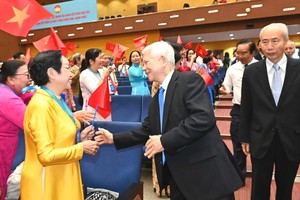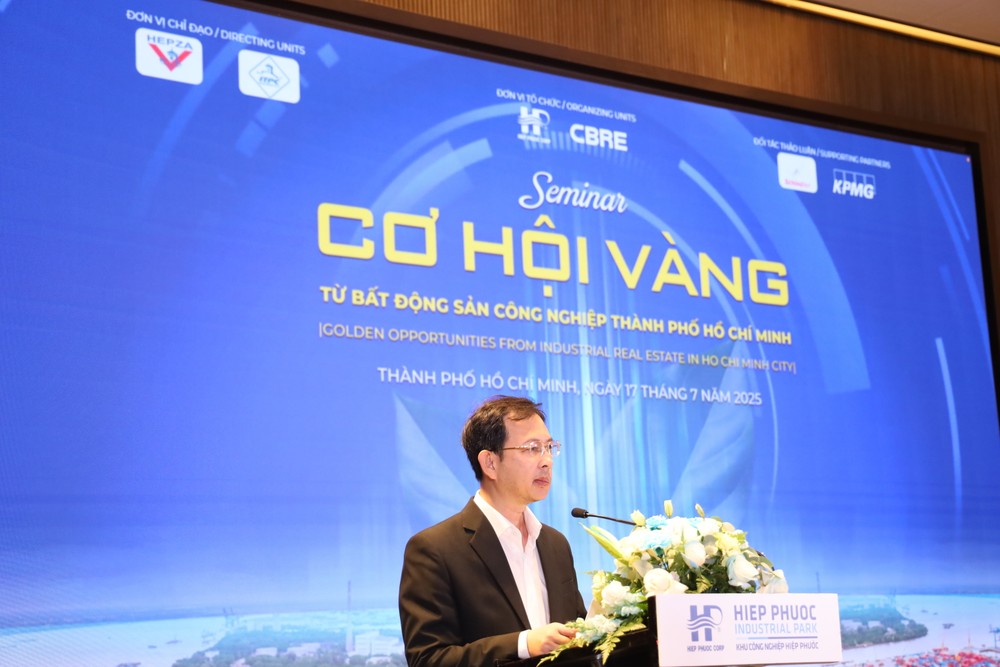
Speaking at the “Golden Opportunities from Industrial Real Estate in HCMC” seminar held on the morning of July 17, co-hosted by the Ho Chi Minh City Export Processing and Industrial Zones Authority (HEPZA), HCMC Investment and Trade Promotion Center (ITPC), Hiep Phuoc Industrial Park JSC, and CBRE Vietnam, officials and experts highlighted the immense potential the new, expanded HCMC presents for both current and future investors.
Ms. Cao Thi Phi Van, Deputy Director of ITPC, emphasized that prior to the merger, the individual localities of HCMC, Binh Duong, and Ba Ria–Vung Tau each possessed distinct economic advantages. Binh Duong had a GRDP of US$21 billion and a strong manufacturing base, while Ba Ria–Vung Tau, with a GRDP of $17 billion, excelled in seaport services and logistics. However, she noted that structural differences in economic models, infrastructure development, and governance styles could pose integration challenges.
Following the merger, HCMC emerges as a megacity with a multi-pillar economic structure and a tightly integrated regional value chain—from manufacturing and logistics to finance, consumption, and services. The city also boasts a large, skilled labor force, a high percentage of trained workers, and vast potential in high-tech industries, services, and innovation.
According to Mr. Tran Viet Ha, HCMC now operates 66 export processing and industrial zones covering over 27,000 hectares. Under its master plan through 2050, the city aims to expand to 105 zones, spanning more than 49,000 hectares, solidifying its role as the country’s leading industrial hub. Between 2025 and 2030, the city’s industrial zones are targeting $20–21 billion in new investment, with an average capital density of $8–10 million per hectare and a disbursement rate of 70 percent of total registered capital.
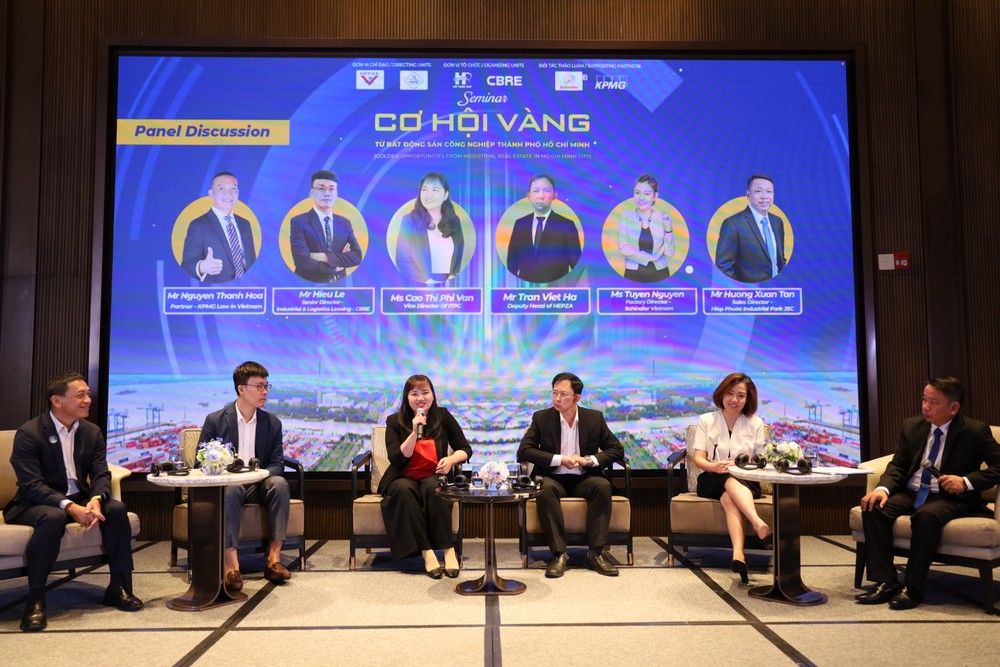
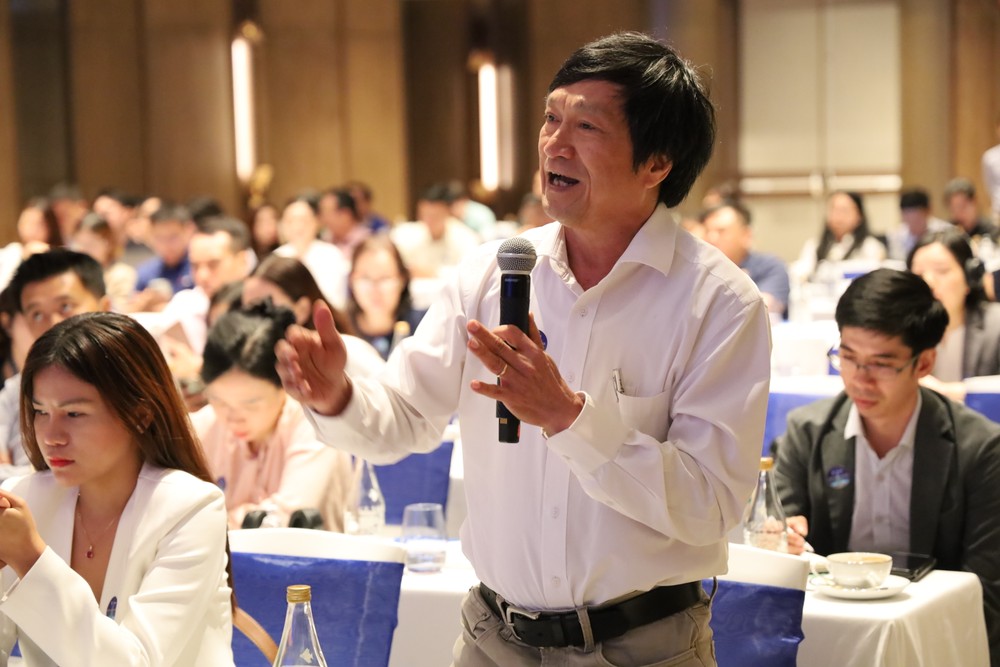
As part of its push for sustainable industrial development, HCMC is piloting the transformation of selected zones, most notably the conversion of Hiep Phuoc Industrial Park into an eco-industrial model. The initiative aims to foster industrial symbiosis, circular economy practices, advanced technologies, and high-value investments.
One of the key concerns raised during the discussion was whether the incentive policies previously applied in the individual provinces would remain in place post-merger. Mr. Tran Viet Ha reassured investors that preferential policies would remain unchanged—or be adjusted only in their favor. Investment incentives will continue to be applied based on either the sector or location. In cases where the merged areas had differing incentive policies, the most favorable terms will apply moving forward.
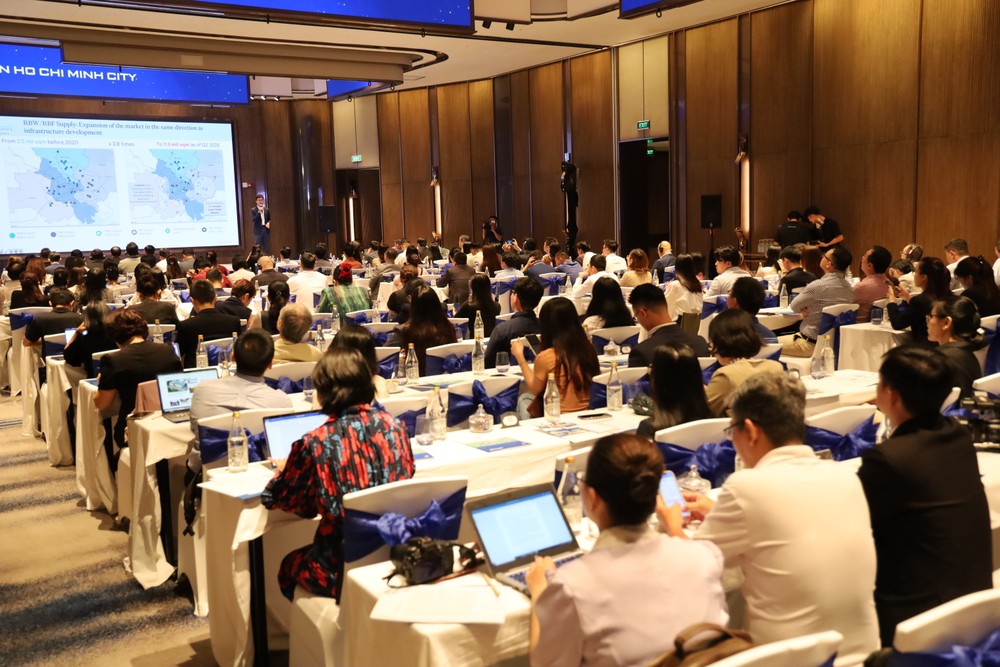
During the forum, Mr. Nguyen Thanh Hoa, Deputy General Director of KPMG Vietnam, expressed hope that Vietnam’s Investment Law would soon be revised more substantively to better support investor needs. Several investors also showed interest in opportunities within HCMC's industrial zones, particularly Hiep Phuoc, which offers vast clean land reserves, prime location, complete legal infrastructure, an internal seaport, and full-service utilities.
